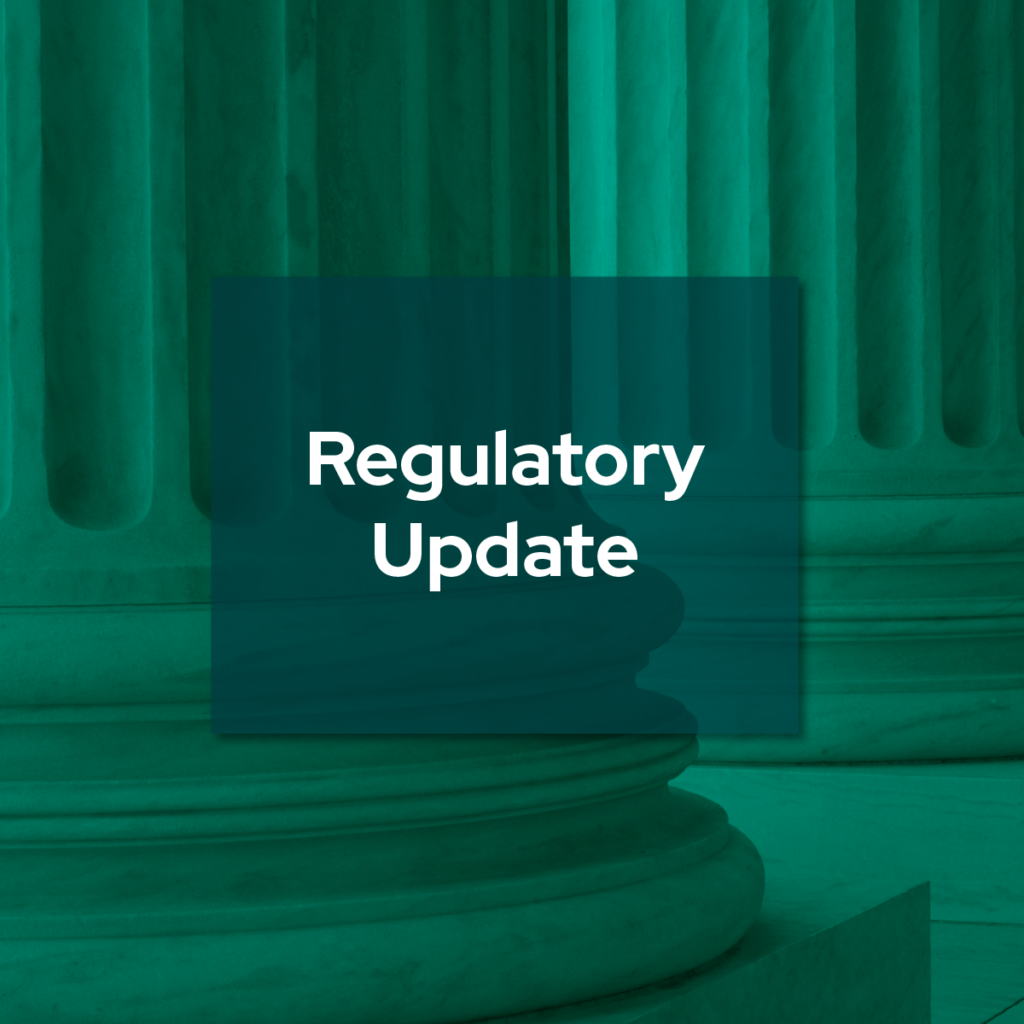The U.S. Centers for Disease Control and Prevention (CDC) have updated their COVID-19 guidelines multiple times over the past few weeks. Unsure what to do? Fortunately, if you have KPA’s COVID-19 Safety Program, KPA has your back. In this overview, KPA offers details on what employers should consider when developing and managing policies and programs related to the future of workplace safety and COVID-19.
Keep in mind that your state, region, or organization may have stricter guidance, which you must follow.
Vaccines
According to the World Health Organization (WHO), “Vaccines train our immune systems to create proteins that fight disease, known as ‘antibodies,’ just as would happen when we are exposed to a disease but – crucially – vaccines work without making us sick.”
As of May 20, 38% of U.S. adults are fully vaccinated against COVID-19. Virologists and epidemiologists have indicated that as many as 80% of the population may need to be vaccinated in order to achieve herd immunity where enough people are safe and protected from the virus and it no longer spreads easily. (This percentage may be adjusted if more contagious variants emerge.)
Accommodation: To encourage people to get vaccinated, allow them to take paid work time to do so. In addition, many people experience side effects from the vaccine that lasts for about a day and a half and may need to call in sick. ACTION: Communicate your leave policies to employees and abide by your state/county/city compensation requirements.
Rationale: As part of employers’ duty to facilitate a workplace that is free of known hazards, they can legally require employees to get a COVID-19 vaccine. This serves to safeguard the health of your employees, their families, your customers, and visitors as well as the community at large from infectious diseases, such as COVID-19, that may be reduced by vaccinations. CAUTION: Employees who oppose vaccines for medical or religious reasons may ask for reasonable accommodations. Some states are introducing measures that may prevent employers from requiring vaccines.
Proof: Because COVID-19 is still an active public health and safety threat, employers may request proof that applications and employees have gotten COVID-19 vaccinations. Under the Americans with Disabilities Act (ADA), this isn’t a medical examination, and it doesn’t fall under a disability-related inquiry. CAUTION: If employers ask for proof, don’t collect any other medical information that might violate EEOC rules, including asking employees why they haven’t yet been vaccinated. Some states (FL, MT, and UT) have passed legislation banning COVID-19 vaccine inquiries.
Restricted Workplace Access: Employers may prohibit or restrict workplace access to unvaccinated employees from returning to the workplace if their job relates to public safety or undermines compliance with OSHA’s general duty clause (providing a safe workplace for everyone). CAUTION: This isn’t the same as termination and reasonable accommodations may still be necessary. With different levels of guidance from state and local jurisdictions, seek legal counsel when navigating this particular issue.
Facial Coverings & Social Distancing at Work
The COVID-19 virus is transferred through air droplets that people breathe in. Proper mask use provides a barrier, trapping contaminants before they enter a person’s airways. Being 6 feet away from other people is another means for avoiding contact with contaminated droplets.
- Based on the latest CDC guidance, fully vaccinated individuals do not need to wear masks or socially distance whether they are indoors or outdoors.
- While you can establish proof of employee vaccinations, knowing which customers and visitors are fully vaccinated is more challenging. Your options are 1) The honor system, 2) Requiring all guests to wear masks and socially distance, 3) Asking everyone — employees and guests — to wear masks and spread out.
Cleaning
Even though viruses can live on surfaces for up to 72 hours, few people are contracting COVID-19 this way. Conduct regular cleaning, use EPA-approved COVID-19 disinfectants, and follow the product directions for application. BOTTOM LINE: Unless your state and local protocols require it, you no longer need to do deep cleaning or fogging.
OSHA and Vaccines
OSHA has also issued FAQs on vaccinations. If you require COVID-19 vaccines as an employment condition, employees experience vaccine-related side effects it’s considered a work-related illness and may be OSHA recordable. Read more on OSHA’s FAQ webpage.
Next Steps
As you develop vaccine policies and protocols, follow your state and local requirements. We also strongly recommend that you consult competent legal counsel to inform your business decisions. If you do not have legal counsel with experience in OSHA and HR legal issues, KPA can refer you to our employment law partner, Fisher Phillips.
Resources
- “Interim Public Health Recommendations for Fully Vaccinated People,” cdc.gov
- “Vaccines for COVID-19,” cdc.gov
- “Vaccine Center,” fisherphllips.com
- “What You Should Know About COVID-19 and the ADA, the Rehabilitation Act, and other EEO Laws,” eeoc.gov
- “Cleaning and Disinfecting Your Facility,” cdc.gov
